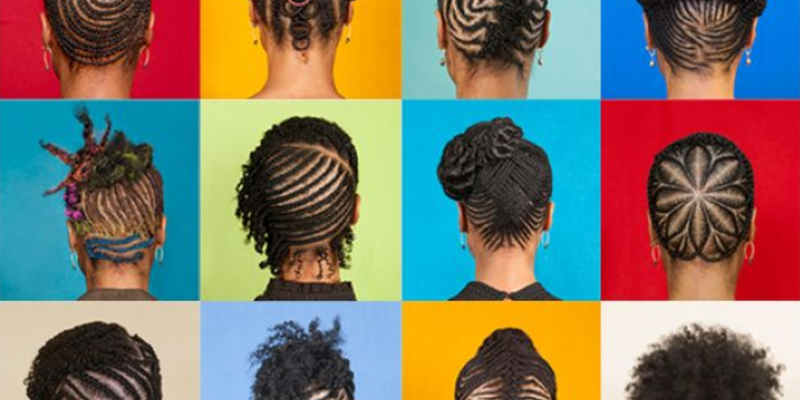
Last week, in the wake of announcements for the MacArthur Genius Awards (hooray for Alison Bechdel, whom, if you saw the CofC FunHome production, you already knew was a genius), another artist also received affirming, cash-happy news, thanks to the forward thinking folks at the Gibbes Museum and their 1858 Prize. On Thursday at the newly art-infused Vendue Inn, fiber artist Sonya Clark beamed and gushed as she accepted the $10,000 check from Gibbes' director Angela Mack and board members of Society 1858.

Photo by Sara Tibero
"Wow, ten thousand dollars is a lot of money to an artist," she said. "And this is also an investment in the future, because artists give back," Clark added, noting that she plans to use the prize to support not only her own work but her arts community.
Clark is the first female artist to win the annual prize, given "to recognize high artistic achievement in any media, while contributing to a new understanding of art in the South," and, it's safe to say, she's the first African American woman winner to use actual hair to tease, braid, weave, fro and comb through tangly subjects of race, gender, identity, cultural norms and yes, Southern Confederate residue—the dandruff on all of our shoulders.
"Hair is intimate, it's our DNA, and as such it also is part of all those who came before us," she explained.

Clark graciously acknowledged her stiff (hmm, hairspray?) competition for this year's 1858 Prize, which garnered applications from more than 250 artists from Alabama, Arkansas, Florida, Georgia, Louisiana, Mississippi, North Carolina, South Carolina, Tennessee, and Virginia. The Gibbes announced the seven finalists this past summer, and last week's big reveal had a sense of drumroll drama, as two other finalists were also present, whom Clark welcomed to join her at the microphone, acknowledging their accomplishments and noting that to her being among their ranks was the real prize. "Art happens in community," she said.

Clark heads the department of Craft/Material Studies at Virginia Commonwealth University in Richmond, and has exhibited in over 250 museums and galleries in Europe, Africa, Asia, South America, Australia, and throughout the United States. Using cloth, hair, and combs, her work explores the complexity of American identity and history. Simple objects (combs, furniture, flags, heads) become, she says, "an interface for dialog that ranges from the vernacular to the political to the poetic." Last week, it became an interface for a hair-raising—in the best sense—celebration of progressive Southern art, and testimony to how a venerable 19th-century institution like the Gibbes remains, head and shoulders, at the forefront of continuing artistic dialogue.

"The Comb Series is concerned with the meaning in the materials. It employs a material culture perspective. The black plastic combs evoke a legacy of hair culture, race politics, and antiquated notions of good hair and bad hair. What type of hair would easily pass through these fine-toothed combs? What does it mean that the combs themselves are arranged into tangles like felted dreadlocks, neat curls, and wavy strands? Combs imply order in as much as they are tools that organize the fibers we grow. They suggest thorough investigation as in “to go through something with a fine-toothed comb.” When a comb has broken or missing teeth there is evidence of struggle. The missing teeth provide a new rhythm, the music of a new order." from Sonyaclark.com